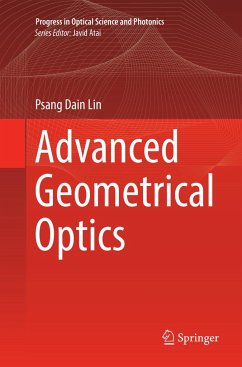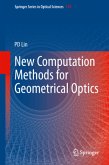This book computes the first- and second-order derivative matrices of skew ray and optical path length, while also providing an important mathematical tool for automatic optical design. This book consists of three parts. Part One reviews the basic theories of skew-ray tracing, paraxial optics and primary aberrations - essential reading that lays the foundation for the modeling work presented in the rest of this book. Part Two derives the Jacobian matrices of a ray and its optical path length. Although this issue is also addressed in other publications, they generally fail to consider all of the variables of a non-axially symmetrical system. The modeling work thus provides a more robust framework for the analysis and design of non-axially symmetrical systems such as prisms and head-up displays. Lastly, Part Three proposes a computational scheme for deriving the Hessian matrices of a ray and its optical path length, offering an effective means of determining an appropriate search direction when tuning the system variables in the system design process.
"Professor Lin has greatly expanded the breadth and scope of using matrix representation in geometrical optics. ... Advanced Geometrical Optics could be used in teaching graduate and advanced-undergraduate students and is enthusiastically recommended for those interested in geometrical optics, optical design, and optimization." (R. Barry Johnson, Contemporary Physics, Vol. 58 (3), April, 2017)
"This book is concerned with the study of geometrical optics using a matrix method. ... Since the author intends to make this book a useful reference for geometrical optics courses oriented to graduate and senior undergraduate students, many illustrative examples are presented. Overall, this is an interesting book modernizing the classical subject of geometrical optics." (Jichun Li, zbMATH, Vol. 1366.78001, 2017)
"This book is concerned with the study of geometrical optics using a matrix method. ... Since the author intends to make this book a useful reference for geometrical optics courses oriented to graduate and senior undergraduate students, many illustrative examples are presented. Overall, this is an interesting book modernizing the classical subject of geometrical optics." (Jichun Li, zbMATH, Vol. 1366.78001, 2017)








